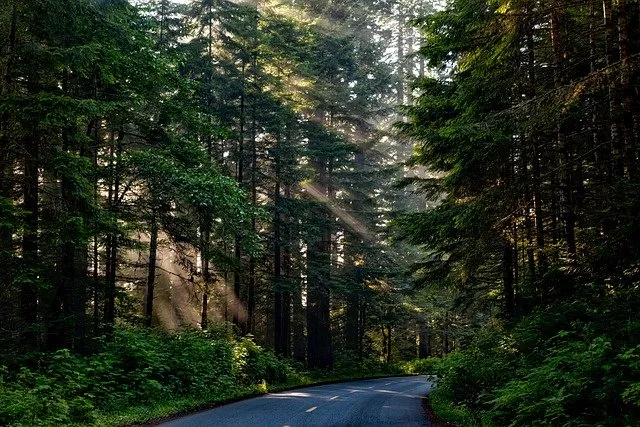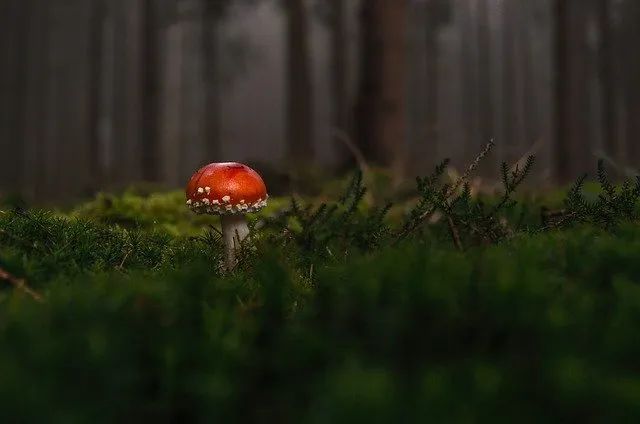
The Fascinating World of Animal Adaptations: Surviving and Thriving in the Wild
Animals have been adapting to their environments for millions of years. From the smallest insects to the largest mammals, every species has its own unique set of adaptations that help them survive and thrive in the wild.
One of the most common adaptations is camouflage. Many animals have evolved to blend in with their surroundings, making it easier for them to hide from predators or sneak up on prey. For example, the chameleon can change its color to match its surroundings, while the Arctic hare's white fur helps it blend in with the snow.
Another important adaptation is speed. Many predators rely on their speed to catch their prey, while prey animals need to be fast to escape. Cheetahs, for example, are the fastest land animals, reaching speeds of up to 70 miles per hour.
Some animals have developed unique defense mechanisms to protect themselves from predators. The porcupine has sharp quills that it can raise when threatened, while the skunk can spray a foul-smelling liquid to deter predators.
Other adaptations include physical features like claws, beaks, and teeth, which are used for hunting, digging, and defense. Some animals have even developed specialized diets, like the koala's diet of eucalyptus leaves or the hummingbird's diet of nectar.
Overall, the world of animal adaptations is truly fascinating. It's amazing to see how every species has developed its own unique set of traits to survive and thrive in the wild.

All images are taken from the Pixabay.com